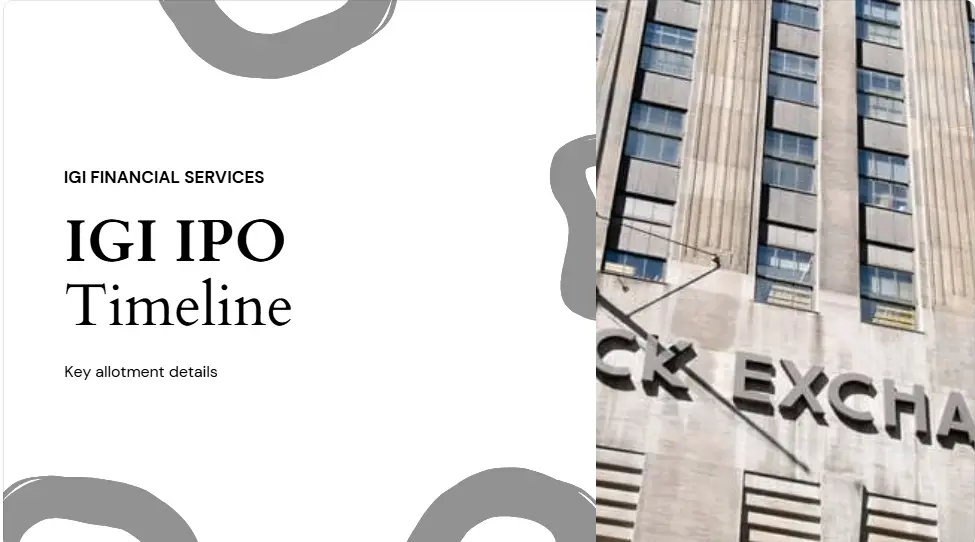Introduction
In intraday trading, volatility is no risk. It’s a grand opportunity. Traders are not watching stocks for the trend; rather, they are hunting stocks that represent fast and wide movements. The larger the swings in store on an intraday basis, the larger the opportunity to make a profit.
In this detailed guide, we will discuss the top 10 most volatile NSE stocks for intraday trading in 2025, considering historical patterns, real-time data, and volume behavior.
This will help you, whether you are an absolute beginner in trading or a market professional, to:
- Identify stocks that are moving fast
- Plan high-probability intraday entries and exits
- Strengthen decision-making by using volatility data
Understanding Volatility and Intraday Trading
What is Volatility?
At its core, volatility is the speed with which a price changes and the extent of that change. For intraday traders, it is the difference between booking ₹100 swing gains and missing them completely.
Some important volatility measures are:
- ATR (Average True Range): Takes average movement into account (e.g., 14-day).
- Daily Range % (High - Low): Displays intraday amplitude.
- Standard Deviation: Measures dispersion from the mean price.
How traders harness volatility:
- Create bias-based entries like breakouts, breakdowns, or mean reversion.
- Set stop-loss/targets realistically using volatility-based formulas.
- Adjust trade size based on how wide the range can be on that day.
- Time trades, e.g., avoiding the chaotic opening or settling during the last hour.
Why NSE Stocks?
The National Stock Exchange (NSE) is the largest exchange in India based on volume and market participation. NSE listed stocks provide several advantages for intraday trading:
| Reason | Why It Matters for Traders |
|---|---|
| High Liquidity | Allows for smooth entry/exit without slippage. |
| Tight Spreads | Better price, especially in scalping. |
| F&O Availability | Provides leverage and hedging opportunities. |
| Transparency of Data | Accurate charting and visibility of historical performances. |
| Institutional Participation | Ensures continuous volume and movement. |
Almost all key intraday stocks in traders’ watch lists are from the NSE.
Selection Criteria & Methodology
To arrive at a list of the top 10 most volatile NSE stocks for 2025, we put together a combination of technical, volume, and trend filters.
| Metric | Filter / Range | Purpose |
|---|---|---|
| Timeframe | Jan–Jun 2025 | To represent current market behavior. |
| Avg Daily Range | Top 10% of NSE (~> 4%) | To ensure sizable intraday movement. |
| ATR (14-day) | High volatility (> typical segment avg) | To measure sustained price movement ability. |
| Volume | Min. ₹100 crore per day | To confirm consistent tradeability. |
| Spread | < 0.5% of stock price | To reduce slippage and enhance execution. |
| F&O Participation | Yes | For hedging and speculation liquidity. |
10 NSE Stocks with High Volatility for Intraday Trading 2025
These stocks are traditionally volatile, often have price breakouts, and are actively traded by institutions and retail traders. Click on headers to sort the table.
| Rank | Ticker | Sector | Avg Range (%) | ATR (14-Day) | Primary Movers |
|---|---|---|---|---|---|
| 1️⃣ | HINDCOPPER | Metals / PSU | 6.0 | 3.5 | Global copper prices, PSU reforms |
| 2️⃣ | IRFC | Railway Finance / PSU | 5.0 | 2.8 | Infra allocation, PSU earnings |
| 3️⃣ | SUZLON | Renewable Energy | 6.5 | 3.5 | Wind power deals, green energy bounce |
| 4️⃣ | RVNL | Railway Infra / PSU | 5.0 | 2.8 | New project wins, government contracts |
| 5️⃣ | ADANIPOWER | Power | 4.5 | 2.8 | FII activity, sector momentum |
| 6️⃣ | SAIL | Steel / PSU | 5.5 | 3.8 | Iron-ore prices, export-import policies |
| 7️⃣ | JIOFIN | Financial Services | 5.0 | 2.8 | Reliance moves, NBFC performance |
| 8️⃣ | TATASTEEL | Steel | 4.0 | 2.8 | Global steel dynamics |
| 9️⃣ | SJVN | Renewable Energy / PSU | 5.0 | 2.8 | Hydro policies, green tender wins |
| 🔟 | ITI | Telecom / PSU | 6.0 | 3.3 | BharatNet thrust, 5G momentum |
Volatility & ATR Visualization
This chart compares the average daily price range and the 14-day ATR for each stock, providing a quick visual reference for their potential movement.
Major Patterns & Sector Analysis
The list is dominated by a few key sectors:
- PSUs: Insanely volatile on policy or budget announcements.
- Metals and Energies: Highly sensitive to global demand, pricing, and government projects.
- Infrastructure and Railways: Contract wins, quarterly earnings, and capital expenditure news are major volatility triggers.
Common Triggers Leading to Volatility:
- F&O inclusion/exclusion
- Sector policy changes
- Budget allocation/reforms
- Technical breakouts or breakdowns
- Quarterly earnings surprises
Intraday Stock Trading Techniques for High Volatility Stocks
Breakout / Breakdown Play
Find consolidation zones for 15-30 minutes post-opening. Enter when the price breaks out with significant volume, and place a tight stop-loss just outside the consolidation range.
Momentum Riding
Select stocks with high opening momentum. Use indicators like VWAP, Moving Averages, and Bollinger Bands squeezes. Aim to capture 60-70% of the stock's ATR for the day.
Scalping (Fast Turnarounds)
Target small intraday waves, completing many trades with target moves of 0.5-1%. This requires using depth-of-market and tape flow for precise signals.
️ Risk Management & Best Practices
| Key Principle | Description |
|---|---|
| Position Sizing | Risk only 1-2% of your capital per trade to ensure longevity. |
| Stop-Loss Discipline | Never skip or widen your stop-loss. Emotions can deplete capital fast. |
| Quality > Quantity | Focus on 2-3 high-probability setups per day instead of over-trading. |
| Log Trades | Track your ideas, executions, and outcomes to learn from errors. |
| Take a Break | Step away from the screen after consecutive losses to reset emotionally. |
️ Essential Tools and Indicators
Tools to Track Volatility
- TradingView: Real-time charting and alerts.
- ChartInk: Custom screeners for price breakouts.
- Broker Scanners (e.g., Upstox, Zerodha): For finding intraday highs/lows.
Recommended Indicators
| Indicator | Use Case |
|---|---|
| VWAP | Identifies institutional support/resistance zones. |
| Bollinger Bands | Measures volatility expansion and contraction. |
| ATR (14-day) | Sets realistic stop-loss and profit targets. |
| MACD + RSI | Confirms trend strength and momentum. |
Conclusion and Next Steps
Volatility is a double edged swordit can be a weapon for skilled traders and a trap for the unprepared. Armed with the right tools, strategy, and risk control, one can prosper in highly volatile market conditions.
Key Takeaways:
- The top 10 volatile stocks in NSE for 2025 offer a strong source of intraday opportunities.
- Synergize technical setups with volatility filters for the best results.
- Adopt tools like VWAP, ATR, and screeners to stay alert and accurate.
Next Steps for You:
- ✅ Bookmark this list and update it weekly based on market changes.
- ✅ Backtest these stocks with your preferred volatility strategies.
- ✅ Start with paper trading to refine your setups before committing real capital.
Frequently Asked Questions
A volatile stock is one that shows large price movements in quite short periods of time. It is measured using either % daily range or indicators such as ATR.
At least once a week. Market sentiment, earnings, and news events can really shorten the volatility list.
Yes, but under strict discipline with backtested strategies and control over risks. Volatility doesn't allow one to make a profit but increases both risk and reward.






